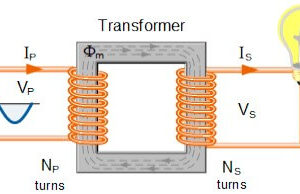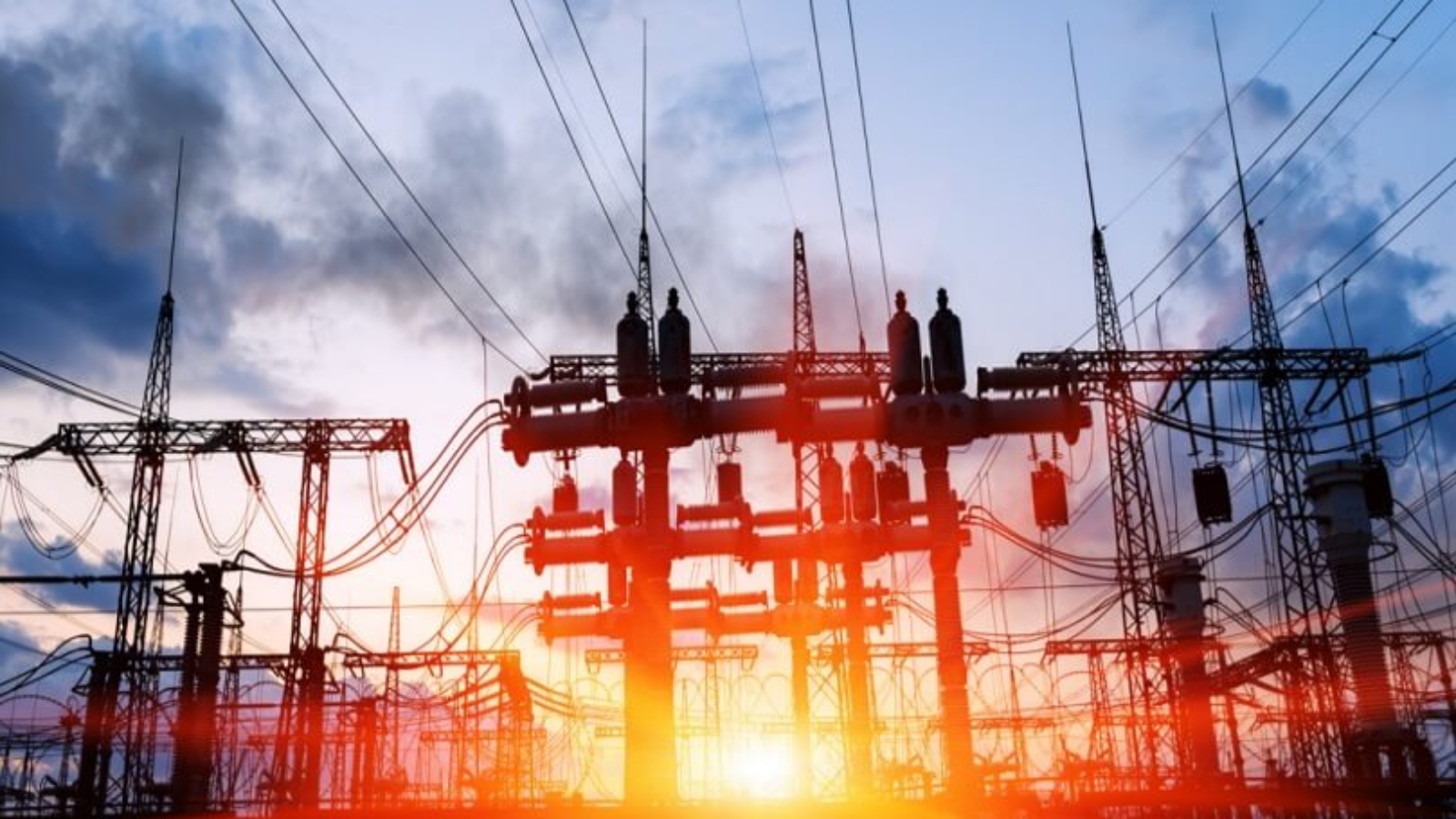Potential Transformers
Since the origin of the cardinal constant-potential transformer in 1885, transformers have become indispensable for the transmission, dispensation, and utilization of electric power. Among many types of transformers, potential transformers are high-class accuracy electric devices used for the isolation or transformation of voltage. If you want to learn more about the working principle of potential transformers, this article will help you.
What is a potential transformer?
The potential transformer is a device that reduces high voltages to a much lower and usable voltage level where it can be used to supply electrical equipment or measurement devices. It is also called a voltage transformer.
A potential transformer has three key functions:
- It adapts the value of the voltage on the primary to the characteristics of metering or protection devices by supplying a secondary voltage that is proportional and lower.
- It isolates power circuits from the metering and/or protection circuit.
- It senses abnormalities in voltage and gives voltage signals to protective relays to isolate the defective system.
How does a potential transformer work?
The potential transformer is capable of decreasing the voltage levels of its supply, without modifying its frequency. The voltage being measured connect the primary winding which has a large number of turns and is connected across the circuit. The secondary winding, which has a much smaller number of turns, is coupled magnetically through the magnetic circuit to the primary winding. The potential transformer reduces the voltage to a reasonable operating value. Primary winding consists of large numbers of turns while the secondary has less number of turns. The primary is connected across the high voltage line while the secondary is connected to the low range measurement device coil. The potential transformer is always a step-down transformer.


Potential transformer ratio
The difference in voltage between the primary and the secondary windings is achieved by changing the number of turns in the primary winding compared to the number of turns on the secondary winding. As the transformer is a linear device, a ratio now exists between the number of turns of the primary coil divided by the number of turns of the secondary coil. This ratio is called the ratio of transformation, more commonly known as a transformer “turns ratio”. This turns ratio value dictates the operation of the transformer and the corresponding voltage available on the secondary winding.
It is necessary to know the ratio of the number of turns of wire on the primary winding compared to the secondary winding. The turns ratio, which has no units, compares the two windings in order and is written with a colon, such as 3:1 (3-to-1). This means that if there are 3 volts on the primary winding there will be 1 volt on the secondary winding.
The formula of the potential transformer turns ratio:

a – Turns ratio
V1 – Primary Voltage
V2 – Secondary Voltage
N1 – Number of Primary Windings
N2 – Number of Secondary Windings


Add a Comment